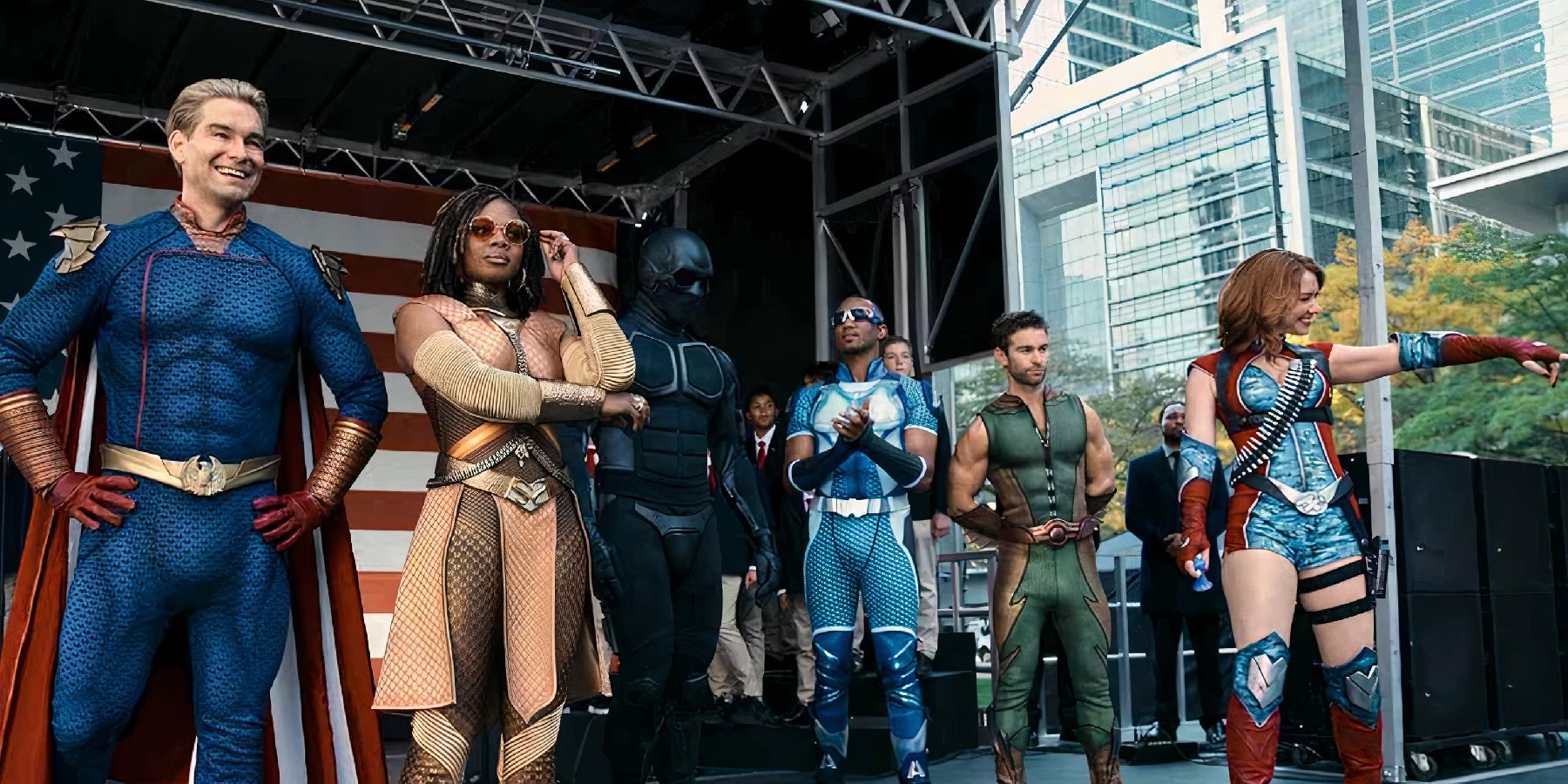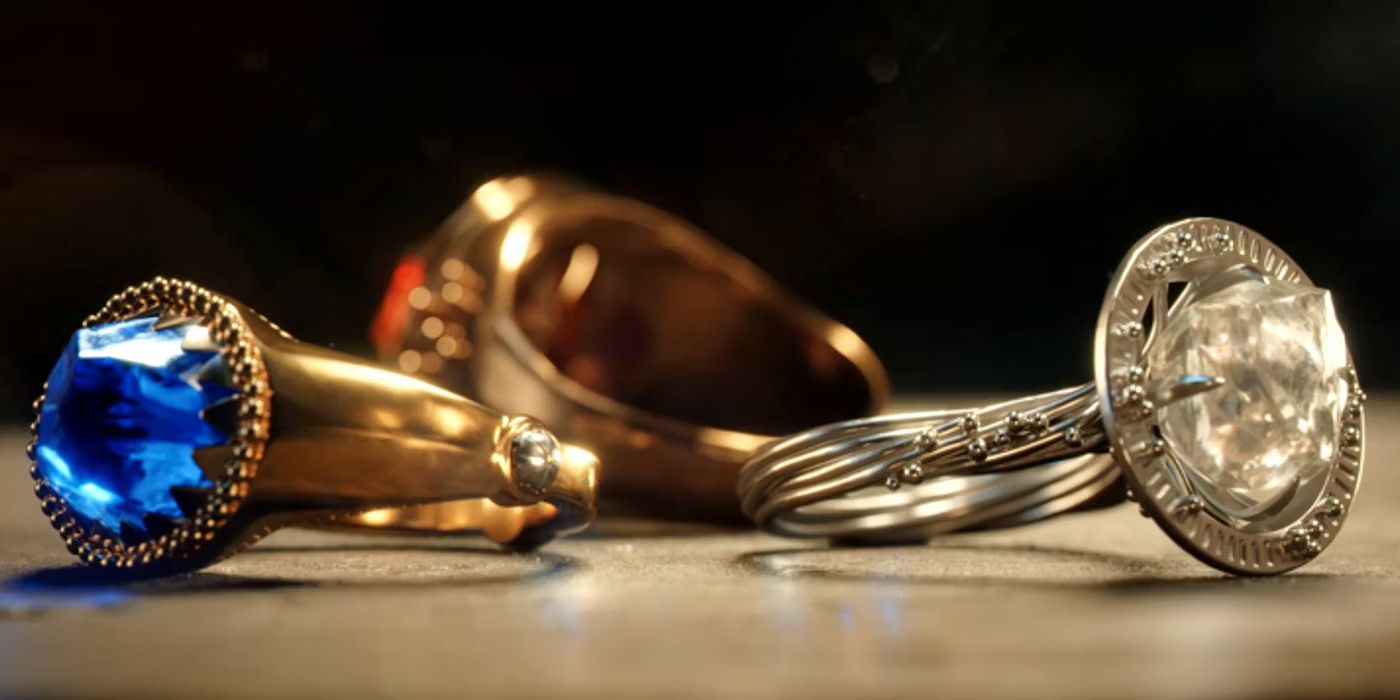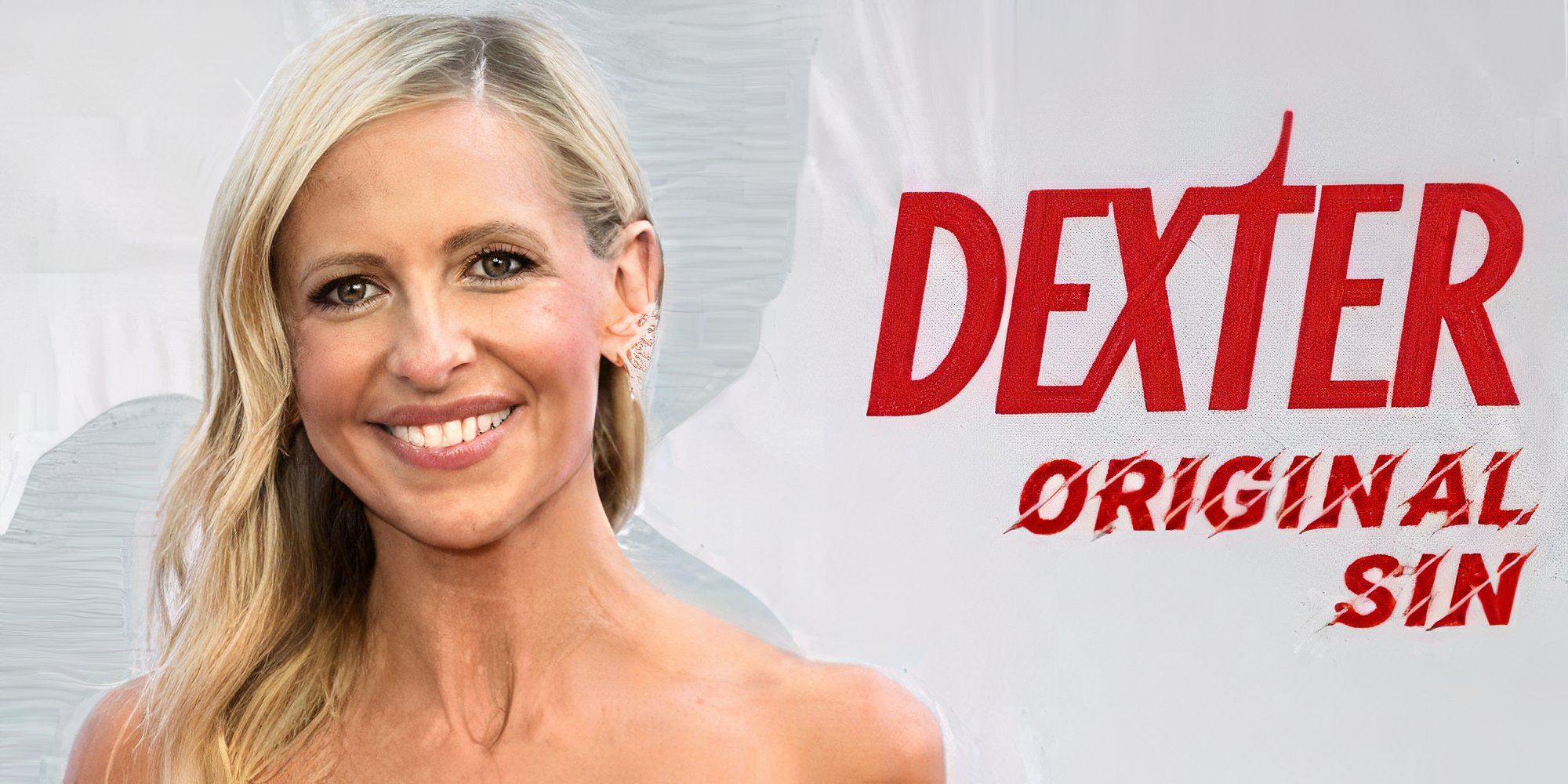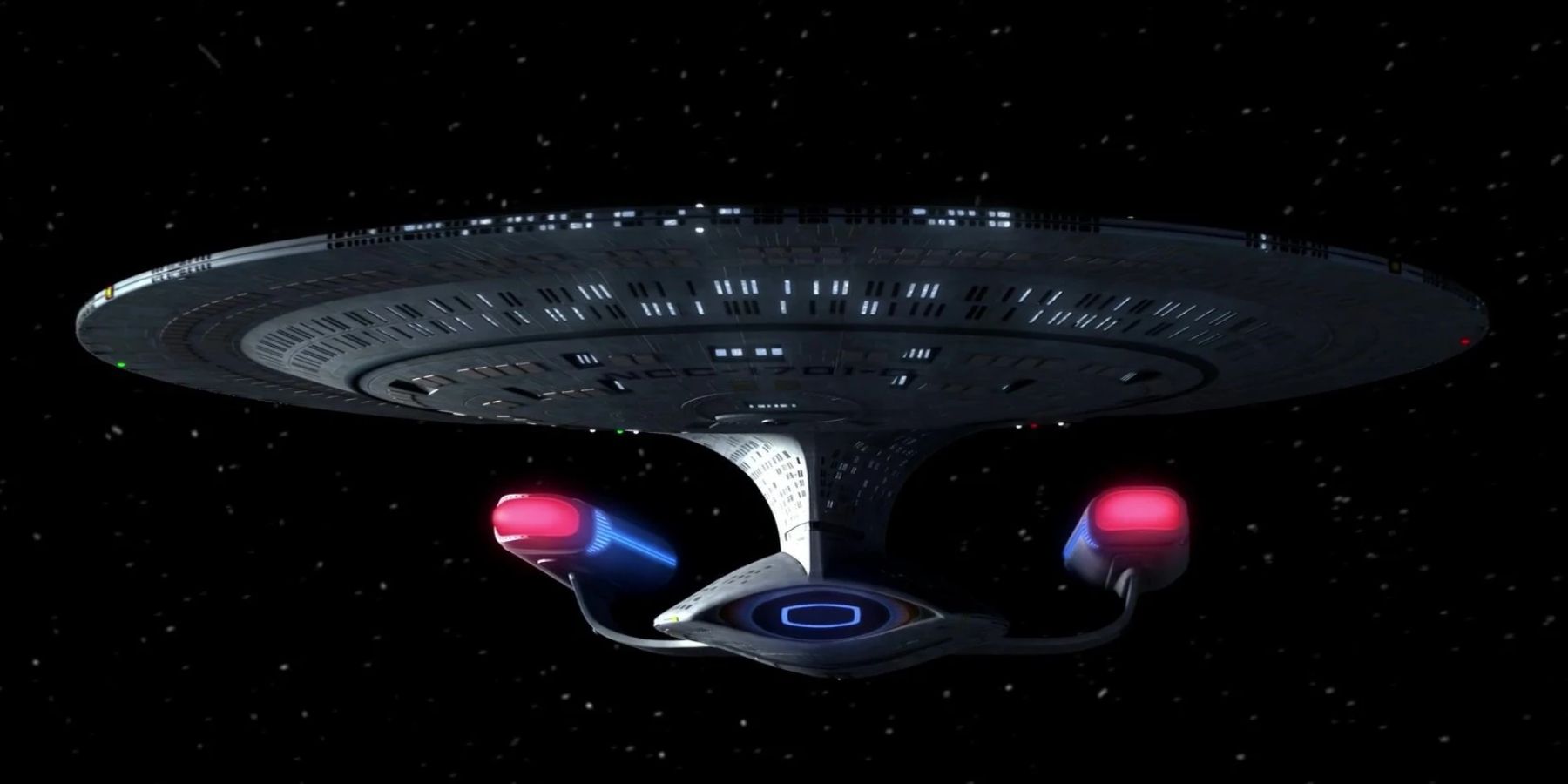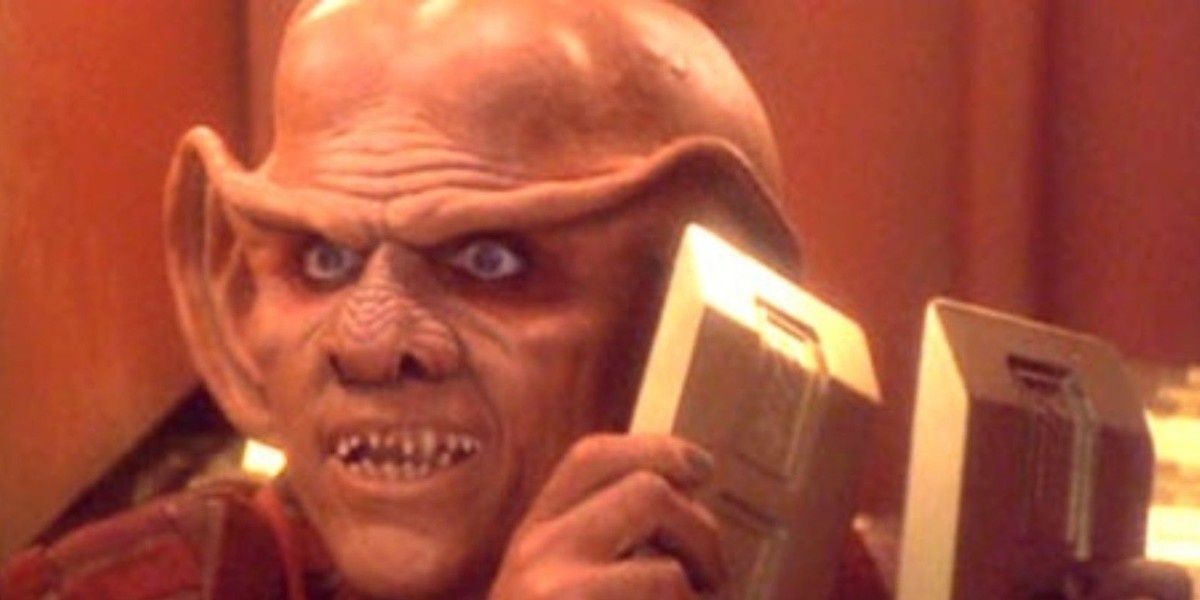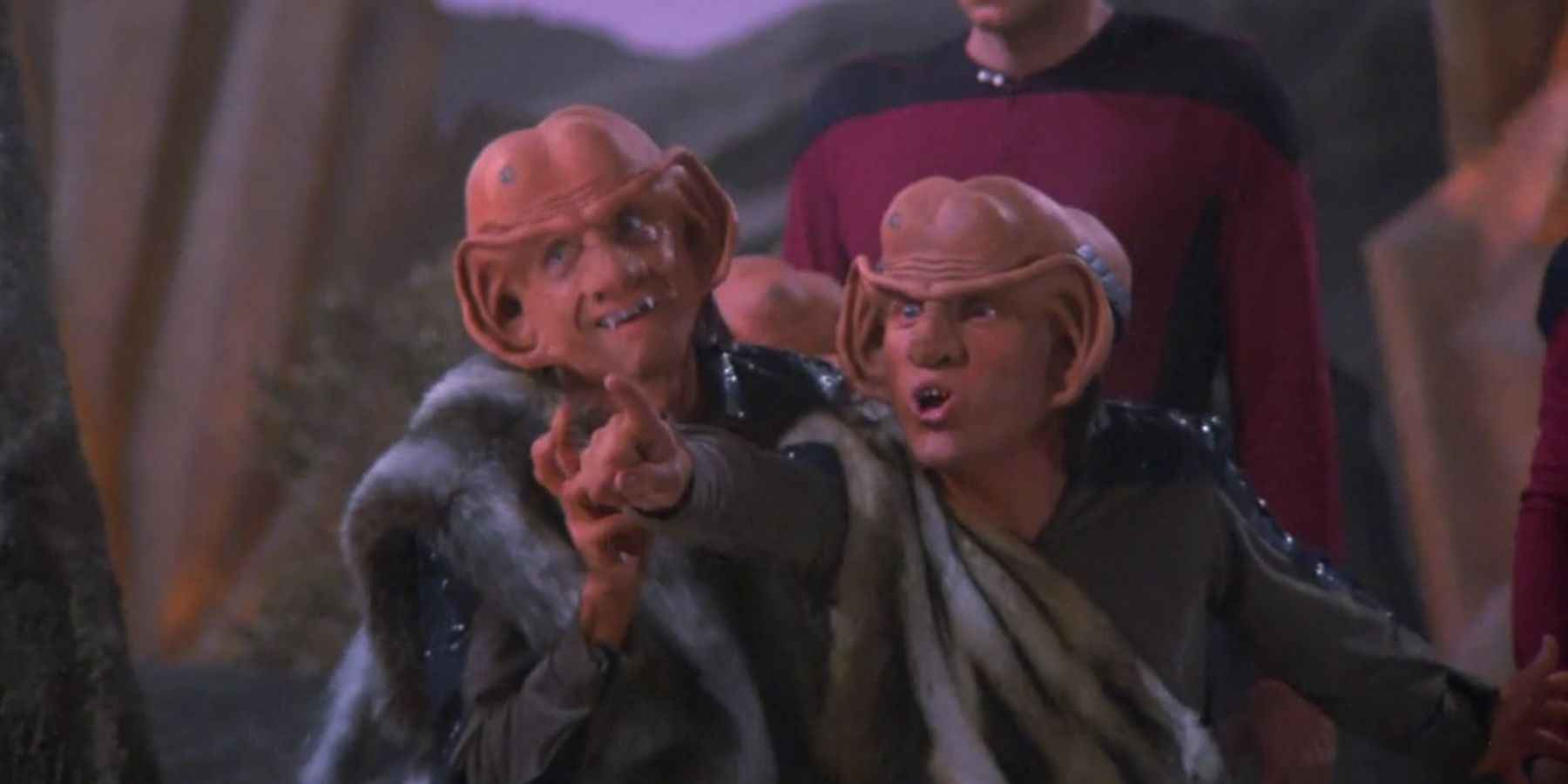The Next Generation has created quite a legacy for itself over the years. It is heralded by many fans as their most preferred Star Trek show, and featured one of the most believed captains to ever grace the franchise. It offers a healthy balance of action, drama, and comedy. The entire cast only got better as the show developed, each coming into their own and cementing themselves in the hearts of fans. It is also remembered for its introduction of the franchise's scariest enemy: the body snatching, skin crawling Borg. While they are undoubtedly TNG’s primary villains, this was not always the intention. Rather, another race was originally designed to provide an antagonistic counterbalance to Picard and his crew.
While the showrunners made a fantastic choice choosing the powerful Borg for their primary villains, it does raise the question of who they originally had in mind. There are plenty of aliens to choose from. The Klingons would be the obvious choice, if there hadn't been a peace brokered between the two previously warring races. It could have even been the Q ,who often borders the fine line between help and hindrance. It may come as a surprise, then, that rather than these eloquent or at powerful people, that the original villains for the show were meant to be the scurrying, often pathetically portrayed Ferengi.
This bunch of arguably anti-Semitic characters were nothing like the Klingons, expect for the sheer amount of prosthetics the actors had to wear. Instead, they were their complete opposite: dishonorable wheeler-dealers with little physical prowess. Roddenberry first intended for them to fill the hole left by the Klingon villains in The Original Series, providing a real threat to the Federation and the titular heroes of the show. Due to their supposedly important role in the show, a considerable amount of effort went into their design. Andrew Probert came up with fairly detailed sketches, giving Roddenberry his first glimpse of the race. While the designers stayed fairly true from sketch to actor, Roddenberry insisted on making the ears even larger.
As to why he wanted these intimidating creatures to be the main villains for the show, it’s important to look at the time in which TNG was made. Star Trek has always been political, and has always tried to deal with topical issues through the allegorical storytelling of far off futuristic fiction. For inspiration for the TNG antagonists, the show's creators looked to what they believed to be the biggest threat to society during the 1980s. As such, the Ferengi were directly inspired by the United States' financial sector shenanigans, and the money-hoarding evil people who controlled it all. They grew from the stereotype of cutthroat, greedy agents and lawyers desiring only the acquisition of wreath. Roddenberry deemed that they were the true villains of 1980s society, and thus should play an important part of the evil found within the show. They provided the direct antithesis to the utopian, moneyless vision Roddenberry had creation within the Federation.
It quickly became clear, however, that the Ferengi were not best suited for such an important role. Upon creation, they ended up feeling silly. Their first appearance was in the season one episode “The Last Outpost,” where they were received with little more than disappointment. The producers acknowledged at this moment that the Ferengi would never live up to the expectations laid upon them. They were non-threatening, and at this point in time, were far more animalistic than later depictions would show. Instead of speaking, they constantly hissed at one another and jumping around like children. They were even given instructions to act like "crazed gerbils" on set, a directorial decision that still baffles many fans to this day.
From this point onwards, they were pushed to the sidelines. They became an occasional adversary that would make their creation (and costly prosthetics) worth it in the long run. The Ferengi would pop up every now and then as a mockery of capitalism, a vague political joke that often backfired.
While the Ferengi finally got proper recognition in Deep Space 9, their time as fearful or believable villains for TNG was well past. Not even the best of writers were able to save their failed narrative. They were better used as comic anti-heroes, greedy goblins that obsessed over profit above all else, but were not necessarily evil or a real threat to Starfleet. Their unfortunate correlations to anti-Semitic stereotypes almost became more apparent as the years went on. While this was most likely an unfortunate mistake, casting them as the villain would have done far more harm than good, completely going against the love and understanding ethos Star Trek was all about.
The Borg, however, could be hated without fear of prejudice. Their introduction and continued appearances as The Next Generation's main villains was one of the best auditions ever made to the franchise, taking over for the weaker Ferengi.

